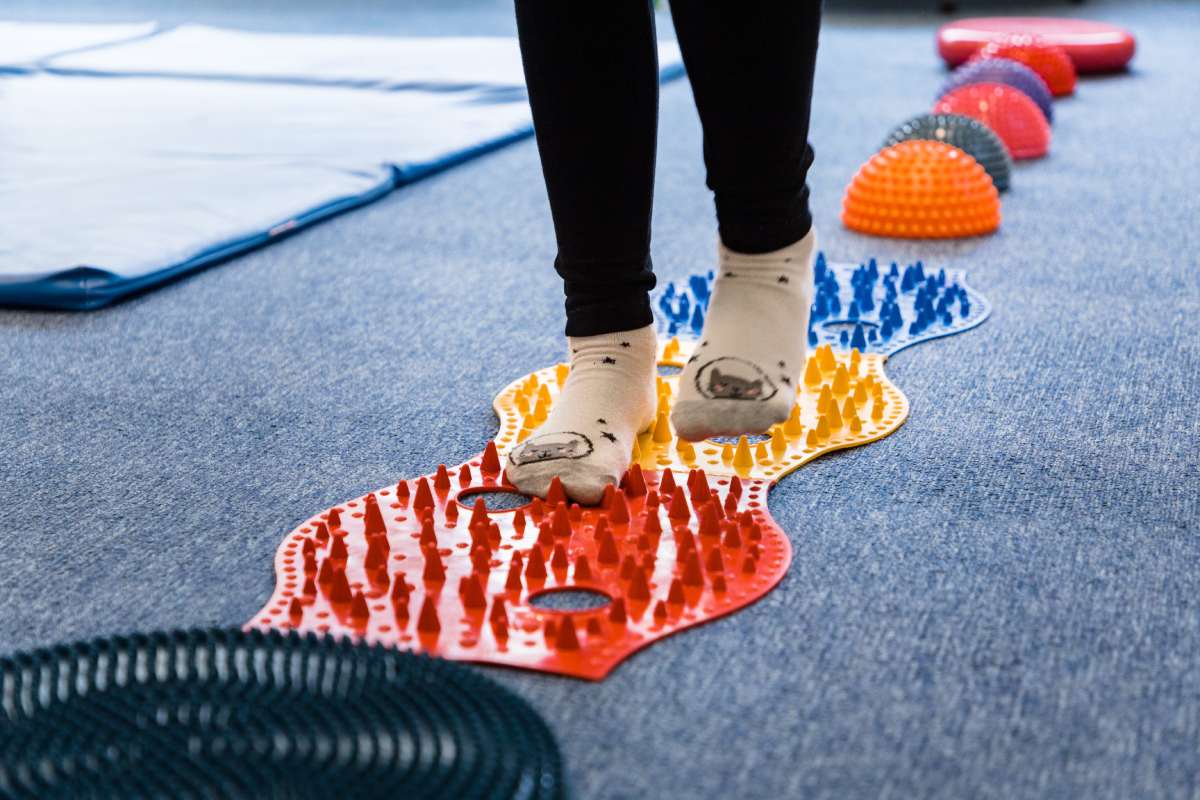Sensory Integration
The treatment concepts related to sensory integration come from a body of work developed by A. Jean Ayres, PhD, OTR in the 1950s and 1960s. As an occupational therapist, Dr. Ayres was interested in the way in which sensory processing and motor planning disorders interfere with daily life function and learning. This theory has been developed and refined by the research of Dr. Ayres, as well as other occupational and physical therapists. In addition, literature from the fields of neurology, physiology, child development, and psychology has contributed to theory development and intervention strategies.
What is Sensory Integration?
Our senses give us the information we need to function in the world. The senses receive information from stimuli both outside and inside our bodies. The five senses of hearing, seeing, taste, smell and touch respond to external stimuli that come from outside our bodies. The vestibular, proprioceptive, and tactile senses are the three body-centered sensory systems that provide the sense of oneself in the world. To do their job well so that we respond appropriately, the senses must work together. Together, they provide a well balanced diet for the brain. A brain that is nourished with many sensations operates well, and when our brain operates smoothly, so do we.
Sensory integration is the neurological process of organizing the information we get from our bodies and from the world around us for use in daily life. Sensory integration provides a crucial foundation for later more complex learning and behavior. For most children, sensory integration develops in the course of ordinary childhood activities. The organization of behavior, learning and performance is a natural outcome of the process, as is the ability to adapt to incoming sensations. But for some children, sensory integration does not develop as efficiently as it should. When the process is disorder, a number of problems in learning, development, or behavior may become evident to families and professionals.
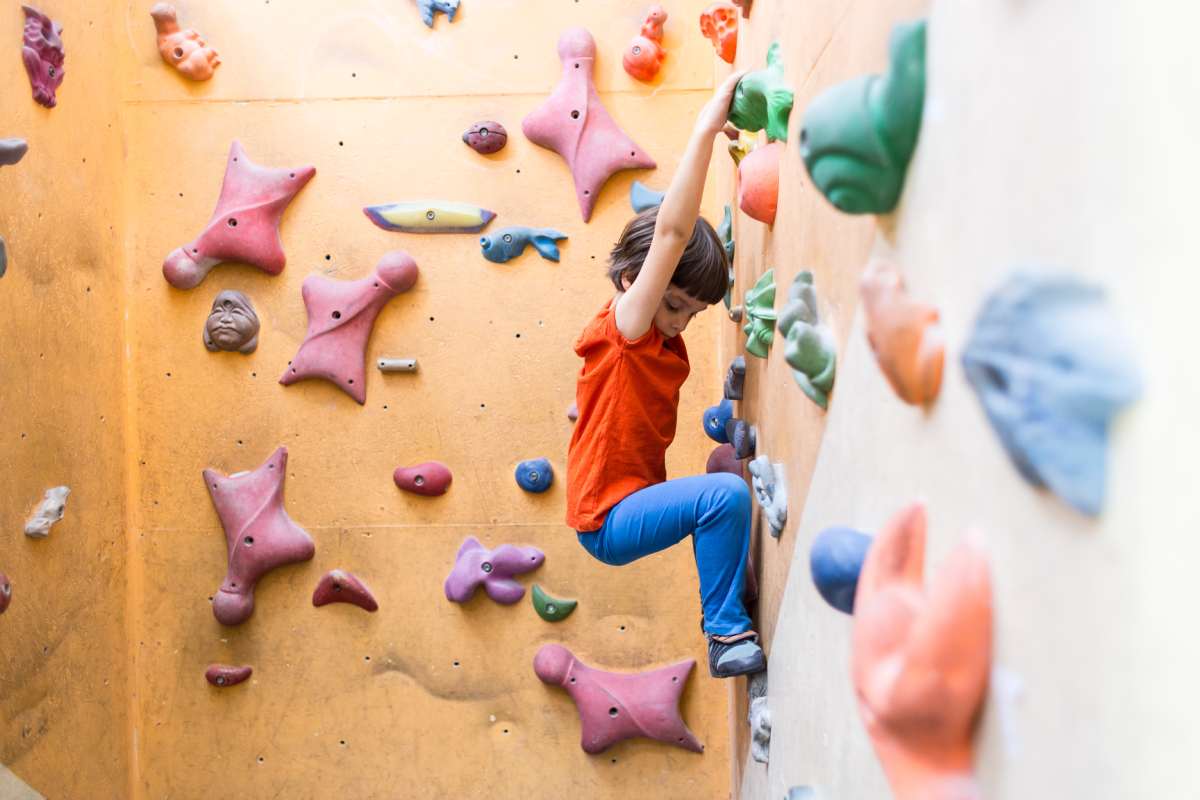
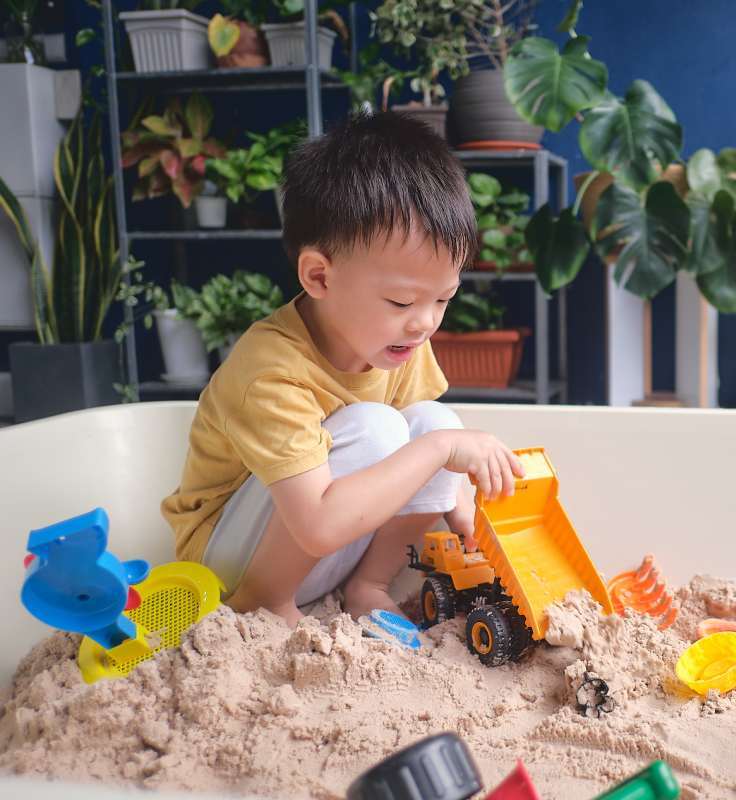
Sensory integration dysfunction is a problem in processing sensations which causes difficulties in daily life. Sensory integration dysfunction is a complex neurological disorder, manifested by difficulty detecting, modulating, discriminating or integrating sensation adaptively. This causes children to process sensation from the environment or from their bodies in an inaccurate way, resulting in “sensory seeking” or “sensory avoiding” patterns or “dyspraxia”, a motor planning problem. Carol Stock Kranowitz states the sensory integration dysfunction may affect 12% to 17% of children and throws some kids “out of sync” emotionally, socially, and behaviorally.
Signs of Sensory Integrative Dysfunction

When the process of Sensory Integration is disordered, a number of problems in learning, motor development or behavior may be observed:
- Overly sensitive to touch, movements, sights, or sounds. Behavior issues: distractible, withdrawal when touched, avoidance of textures, certain clothes, and foods. Fearful reactions to ordinary movement activities such as playground play. Sensitive to loud noises. May act out aggressively with unexpected sensory input.
- Under reactive to sensory stimulation. Seeks out intense sensory experiences such as body whirling, falling and crashing into objects. May appear oblivious to pain or to body position. May fluctuate between under and over-responsiveness.
- Unusually high/low activity level. Constantly on the move or may be slow to get going, and fatigue easily.
- Coordination problems. May have poor balance, may have great difficulty learning a new task that requires motor coordination, appears awkward, stiff, or clumsy.
- Delays in academic achievement or activities of daily living. May have problems in academic areas, despite normal or above normal intelligence. Problems with handwriting, scissors use, tying shoes, buttoning and zipping clothes.
- Poor organization of behavior. May be impulsive, distractible, lack of planning in approach to tasks, does not anticipate result of actions. May have difficulty adjusting to a new situation or following directions. May get frustrated, aggressive, or withdraw when they encounter failure.
- Poor self concept. May appear lazy, bored, or unmotivated. May avoid tasks and appear stubborn or troublesome.
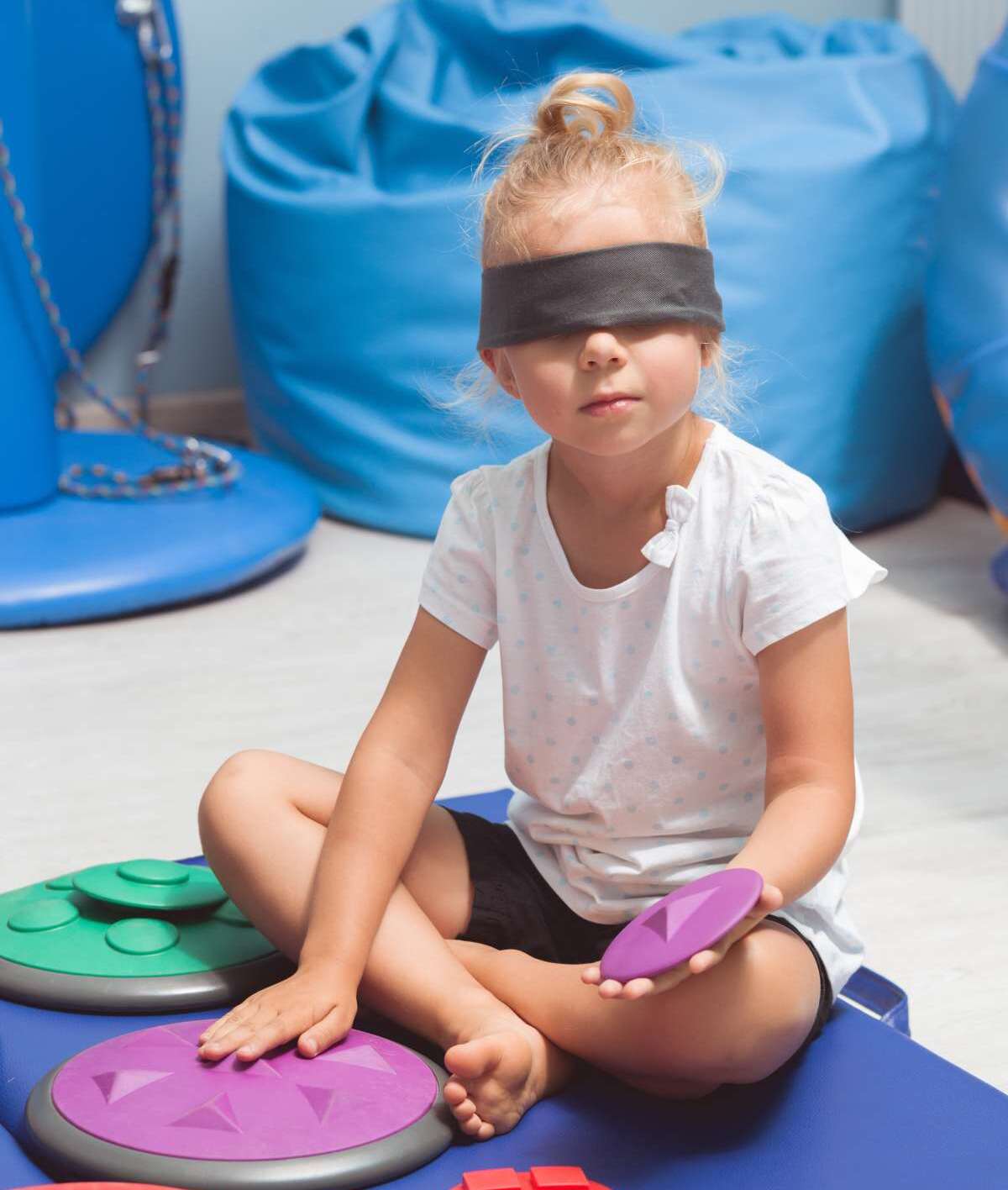
Assessment
Our assessments are designed to answer some of the questions families have as they seek to provide and advocate for the child’s special needs at home, in school and in the community. For many families, the initial assessment is the first step toward understanding the learning and behavior difficulties their children are experiencing. Assessments are individualized and may be a combination of standardized tests and functional observations of performance in a variety of activities. An interview with family members helps us understand how the child perceives and responds to sensation and what the child and family already know about what works and doesn’t work to support or compromise activities of daily living. This information is most valuable in determining the child’s abilities in sensory processing and sensory integration. The assessment process also includes trying some intervention strategies to determine whether treatment is warranted or not and what activities might be immediately implemented.
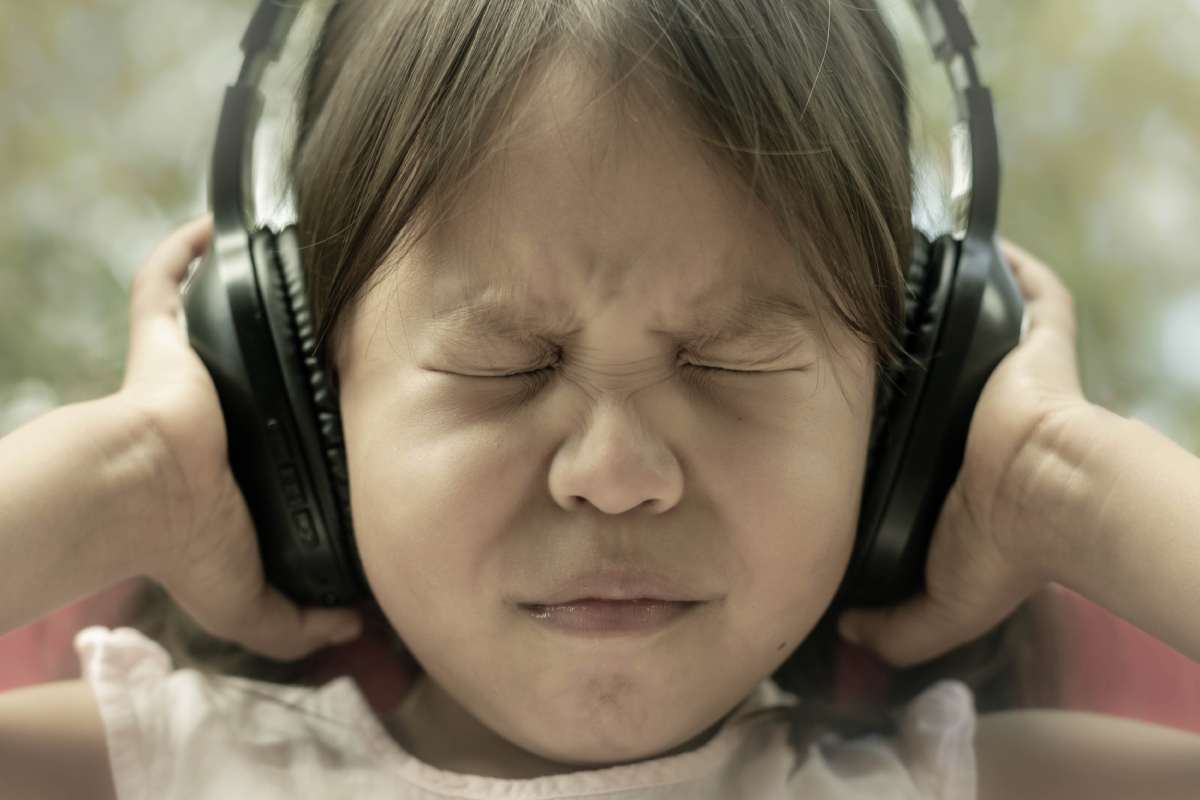

Treatment


